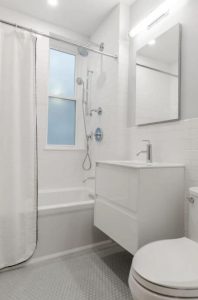 There are always enlightening insights buried in the details of property management reports. From utilities to pest control to landscaping to repairs, those monthly expenses tell a story. Why do we have landscape charges in the winter? Snow? No, because the contract is for the landscaper to come out and just clean up debris. You might be getting overcharged. Water bill spiked in the summer even though you don’t irrigate your lawn? Your tenants might be feeding a hose from their faucet out the window to water their plants or wash their car.
There are always enlightening insights buried in the details of property management reports. From utilities to pest control to landscaping to repairs, those monthly expenses tell a story. Why do we have landscape charges in the winter? Snow? No, because the contract is for the landscaper to come out and just clean up debris. You might be getting overcharged. Water bill spiked in the summer even though you don’t irrigate your lawn? Your tenants might be feeding a hose from their faucet out the window to water their plants or wash their car.
What can we learn from repair expenses? We see physical assets that break, maybe too often. We see tenants that are careless or negligent. And we see maintenance staff who are overcharging.
How are you categorizing your expenses? There are lots of ways of grouping your repair expenses. For tax purposes you certainly want to categorize it as a repair or capital expense but accounting information should do more than support your tax return. It should inform your role as asset manager of your property. Make it work for you.
Do you want to know what each room in your units costs to repair? Then have easy-to-assign room codes or labels that you can attach to each repair expense. Then you can run reports grouping repair expense by, say, “Bathroom”, and see that it costs you an average of $400 to replace a toilet. Too high? Yes, but you might not have noticed until you started tracking it.
One of my most valuable tracking tools is unit number. We assign a unit number to every repair expense transaction where the work was performed on a specific unit. With a high number of units (which realistically could be anything more than four units!) you’re not going to remember that 6 months ago you had a very high repair expense charge for this one unit.
But tag the transaction with the unit number and you’ll see that last year you spent $150 on it in January, nothing again until April when you spent $4,000 on it, then nothing again until November when you spent another $3,500. Why? You dig into it and find that the November work was very similar to the April work. Shouldn’t it have been fixed right the first time?
This is very hard to track, unless you are disciplined enough to enter the information when it happens, and run your tracking reports to surface these insights.
